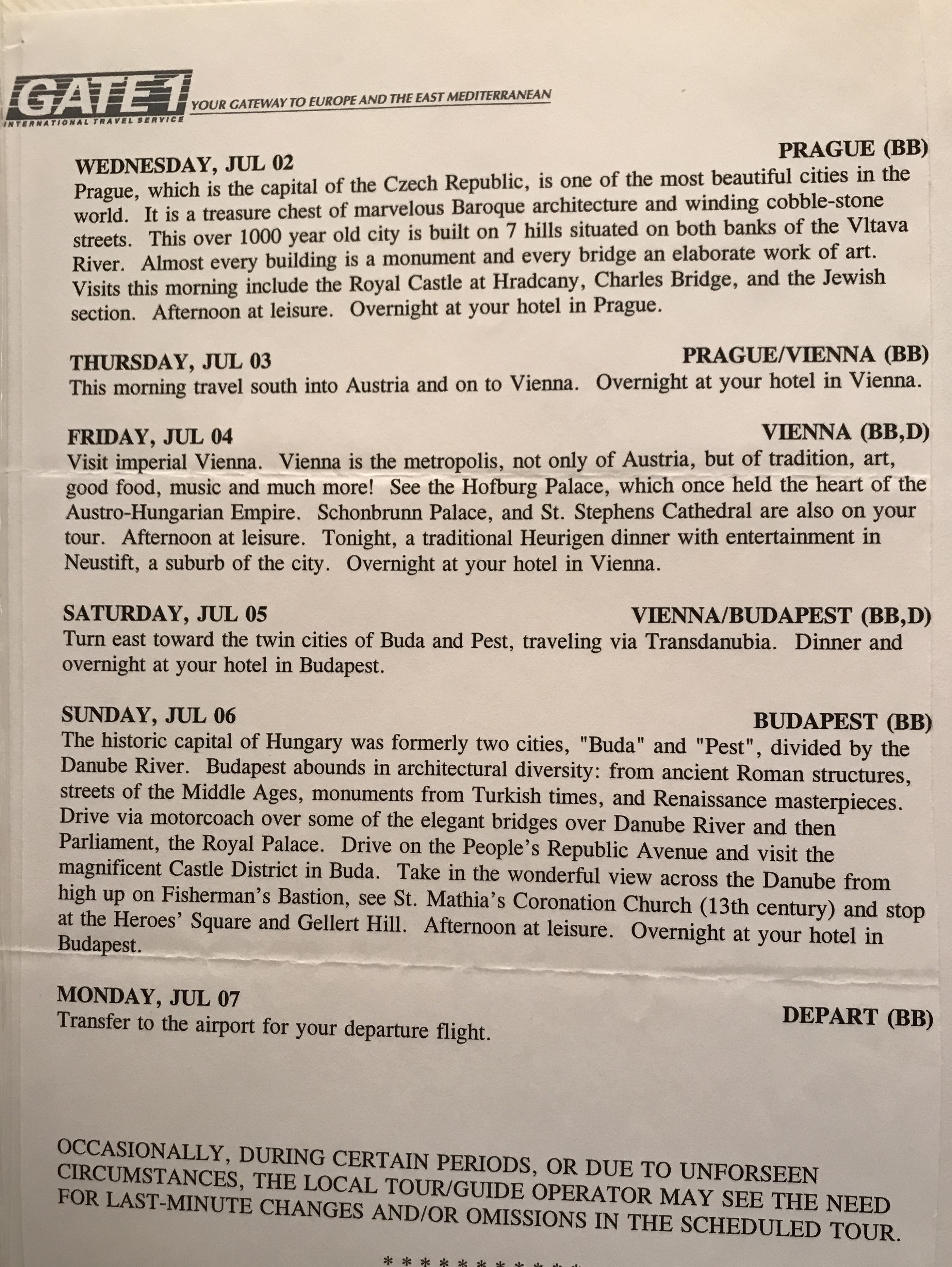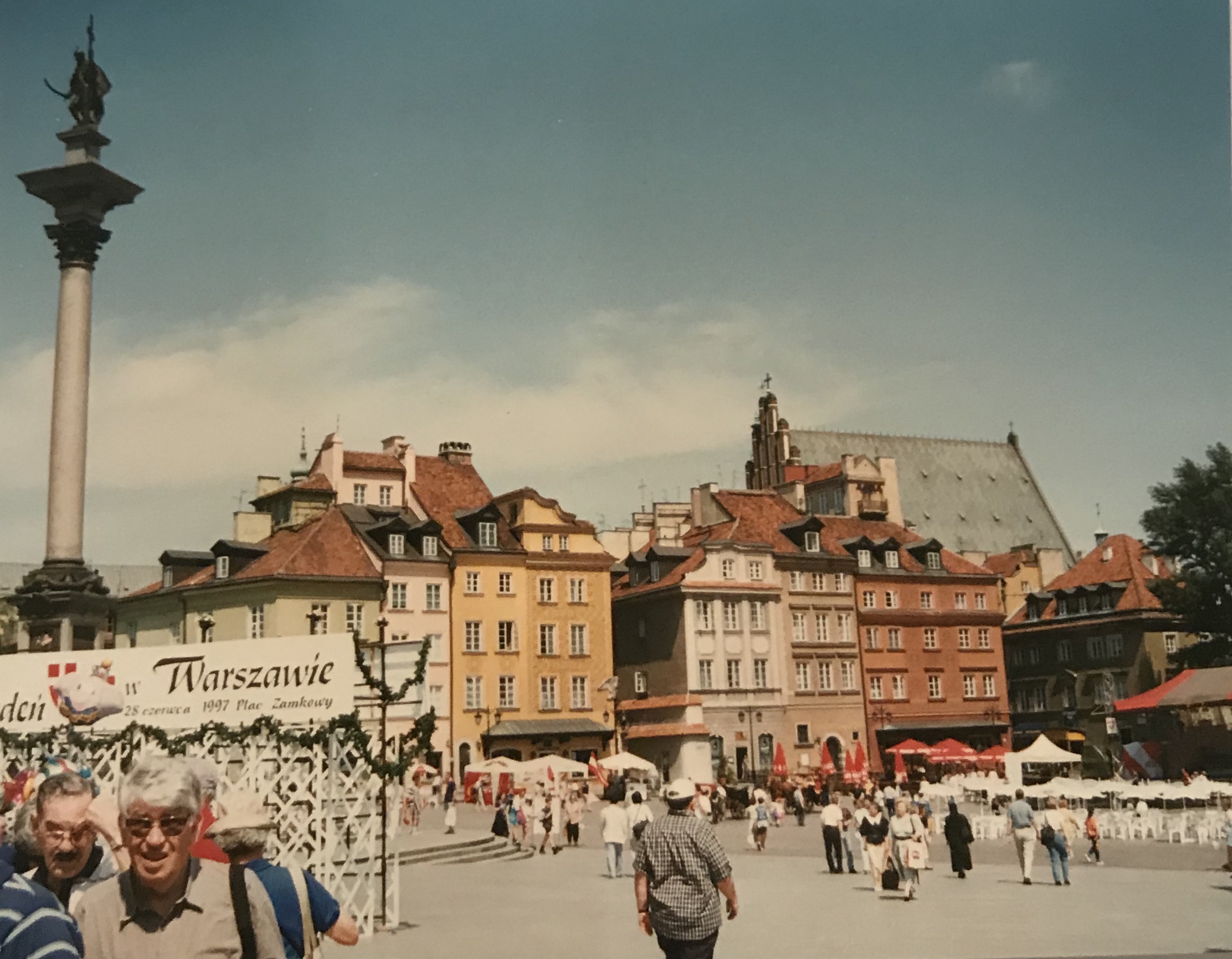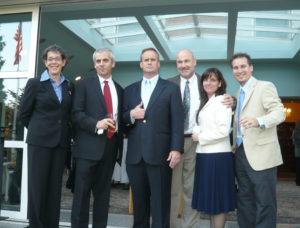Country Information:
In Poland, the capital is Warsaw. About 39 million people live here and the official language is Polish. The dominant religion is Roman Catholicism. Poland’s top exports are vehicle parts, cars, seats, furniture, and passenger and cargo ships. The time zone is 5 hours ahead of EST.
Jim’s Perspectives:
Went to Poland with my father in 1997, as part of a 12 day GATE 1 tour through Poland, Czech Republic, Austria, and Hungary.
In 2009, spent a couple of weeks in Poland with my University of Tennessee MBA classmates. As a class, we spent most of our time in Warsaw, however during the weekends some of my classmates and I went to Krakow, and roadtripped to Slovakia to visit a car factory. Visiting Krakow was definitely a highlight, a lovely city where you have to visit St. Mary’s Basilica; the stained glass and architecture are astonishing. A quirky place to visit in Krakow – but not for the faint of heart – is the Lost Souls Alley, a series of scary puzzle rooms that will leave your heart racing getting from room to room. After Krakow we drove through Slovakia and then to Austria where we boarded a boat (an odd hydrofoil) to Prague.
For those who are interested in WWII history, take a tour of the Holocaust Memorial learn more about the tragedies of the Holocaust. The museum is packed with information and tours are accessible in multiple languages, plus travelers get access to historic documents and tours the camp facilities that were lived in during the war. It’s one of the most sobering I’ve ever seen … the hair and teeth of thousands of Jews who died in the Concentration Camp. Learn all about the Jewish Ghetto, the concentration camp, and the Jewish Ghetto resistance.
While in Poland, a fun dish to try is Bigos, a popular traditional dish. It is a stew made from ingredients such as Polish sauerkraut, cabbage, different types of meat such as pork belly and kielbasa, dried mushrooms, onions, garlic, and spices. It is cooked over several days and served with potatoes and bread.
A unique fact about Poland is that it has a desert called Błędów Desert, often called the “Polish Sahara.” It was created over time as a result of human life as well as from natural sand deposits; over time, the amount of water in the area lessened until the land became desert area.




 .
.